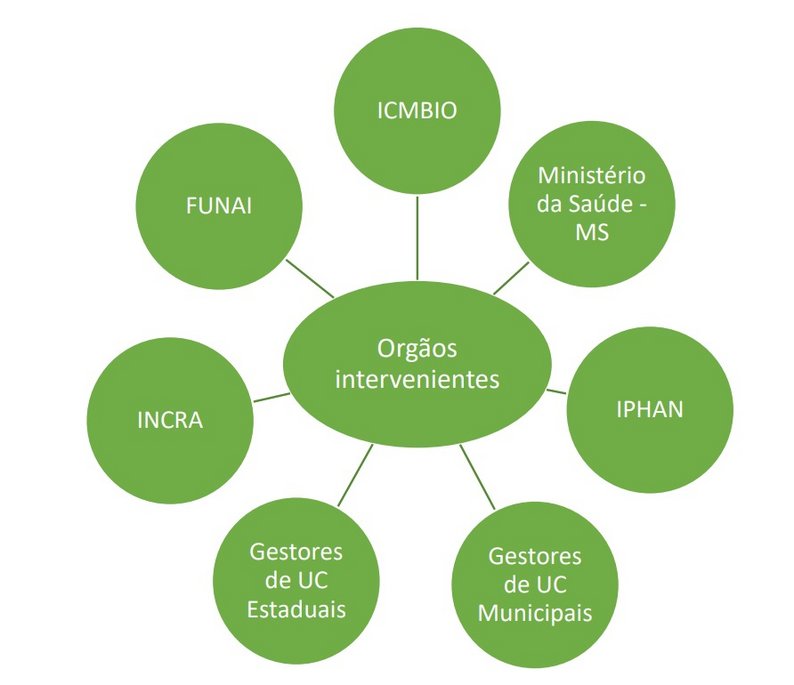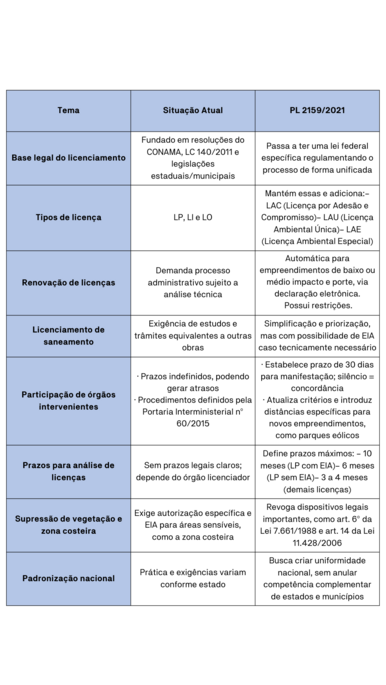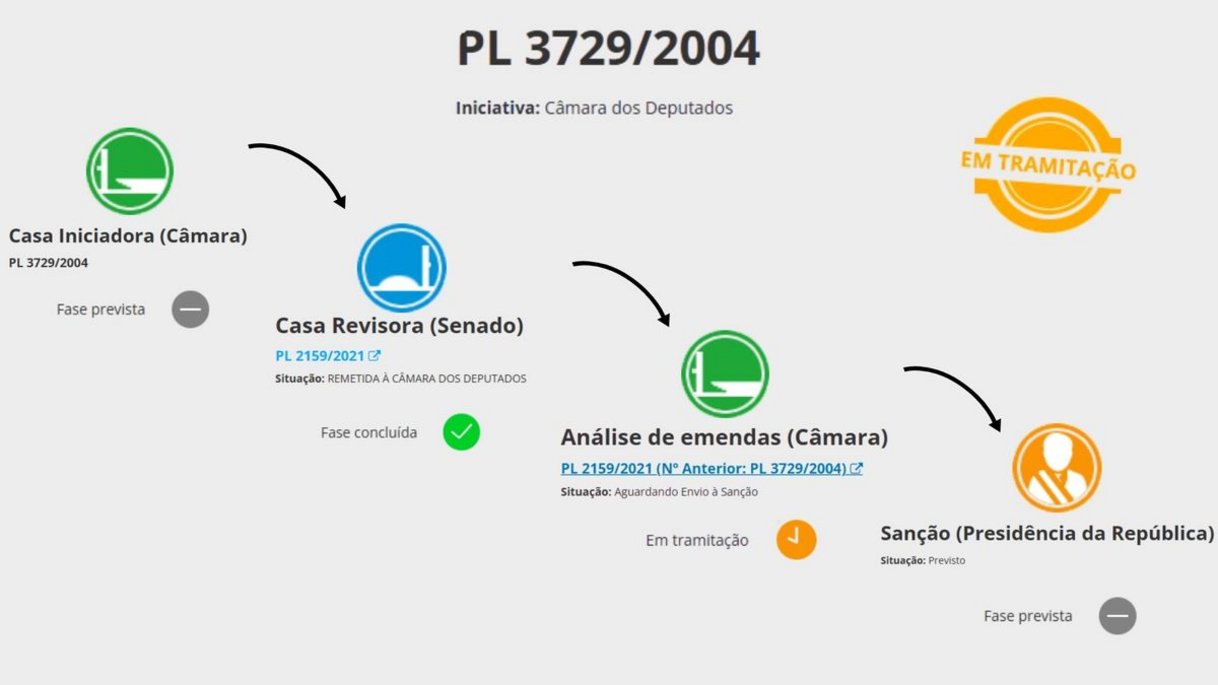
The debate on environmental licensing in Brazil has taken on new contours with the recent approval of Bill (PL) No. 2159/2021, which proposes to establish the General Environmental Licensing Law. The new legislation seeks to fill a legal gap that has existed since the enactment of Article 225 of the Federal Constitution, by more clearly regulating the procedures, deadlines, instruments, and types of licenses applicable in the country.
But what changes in practice? Below, we explain the main points of the bill, its innovations, and possible implications for the environmental licensing process in Brazil.



